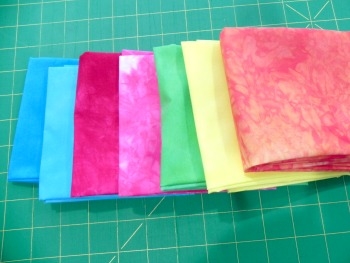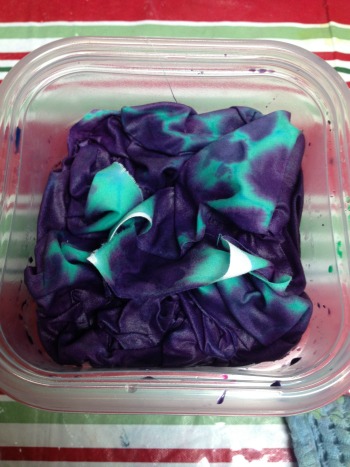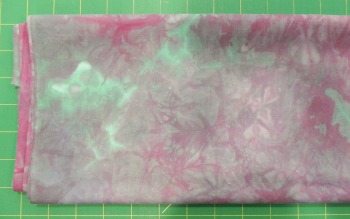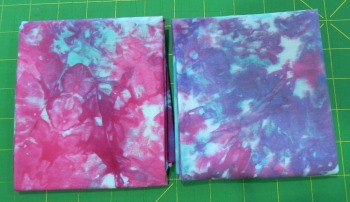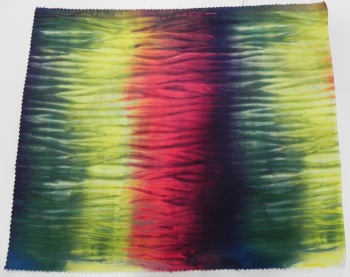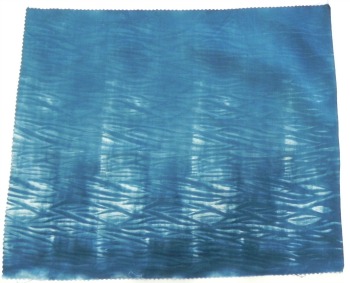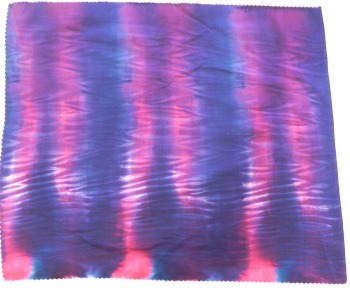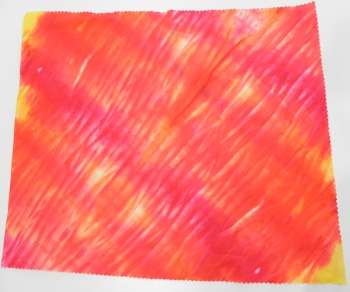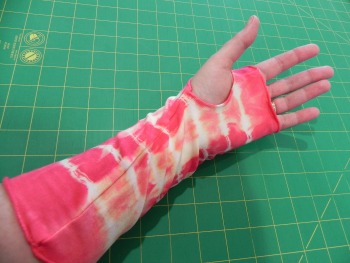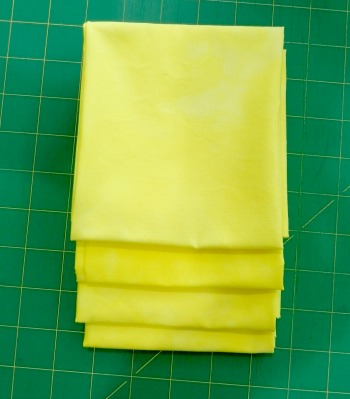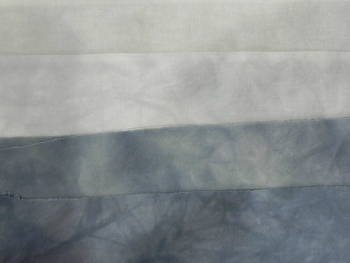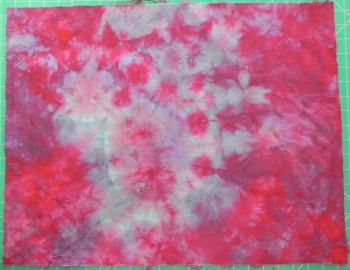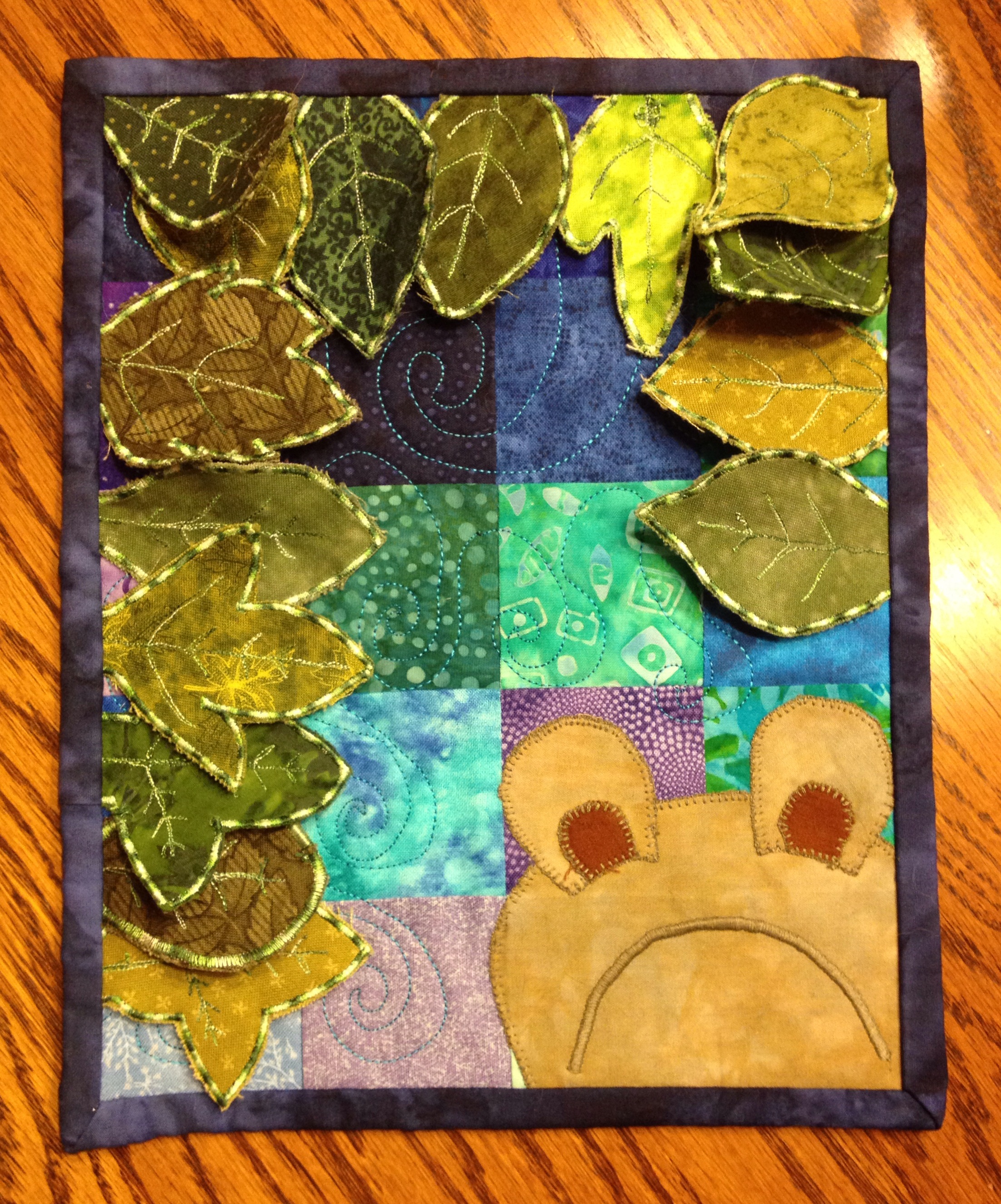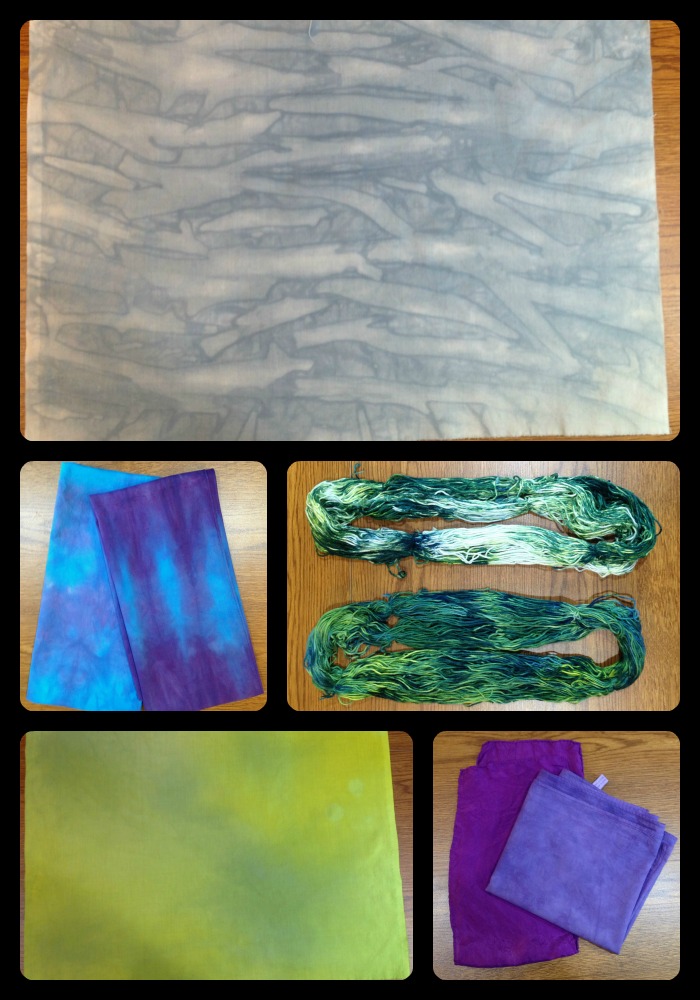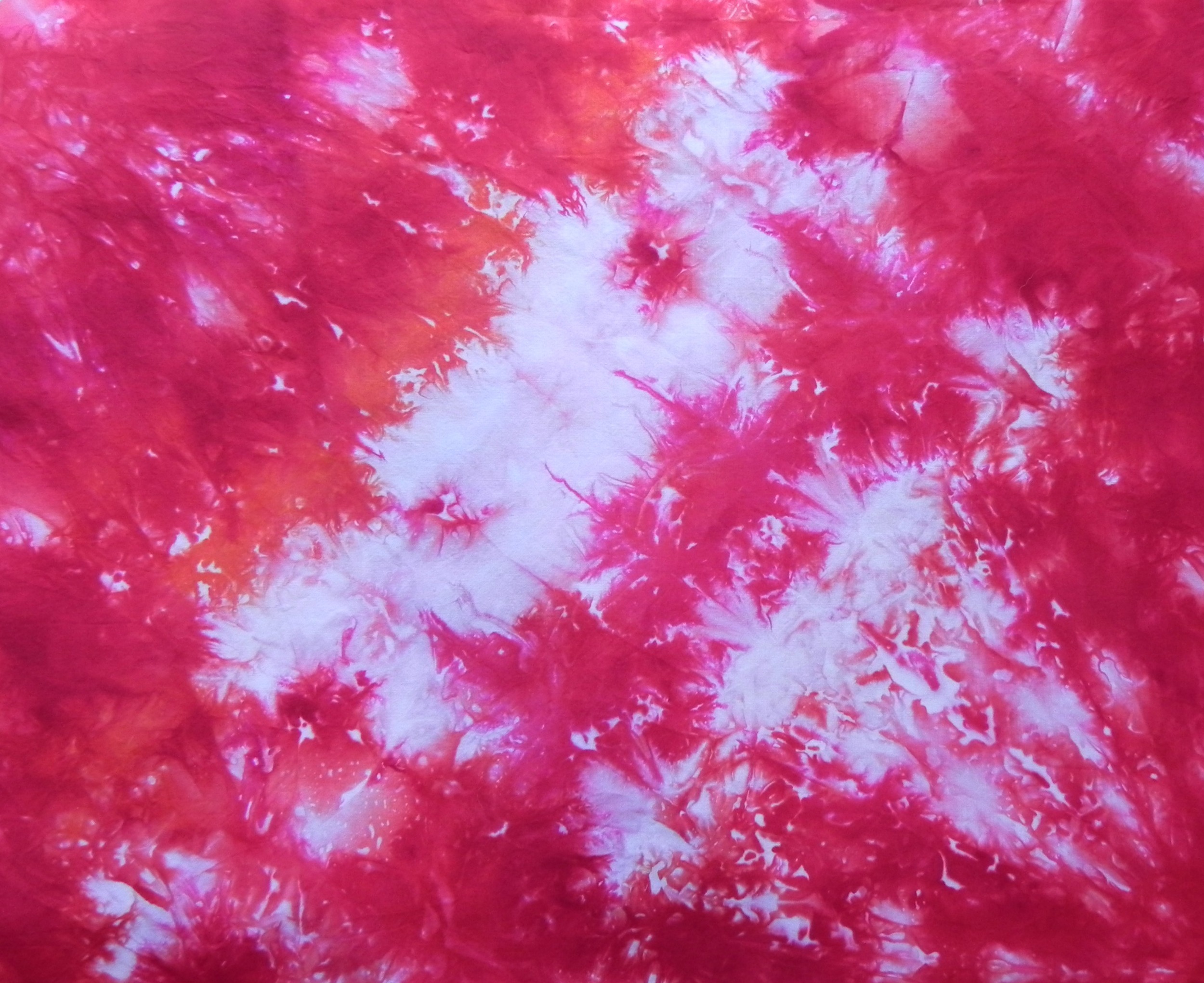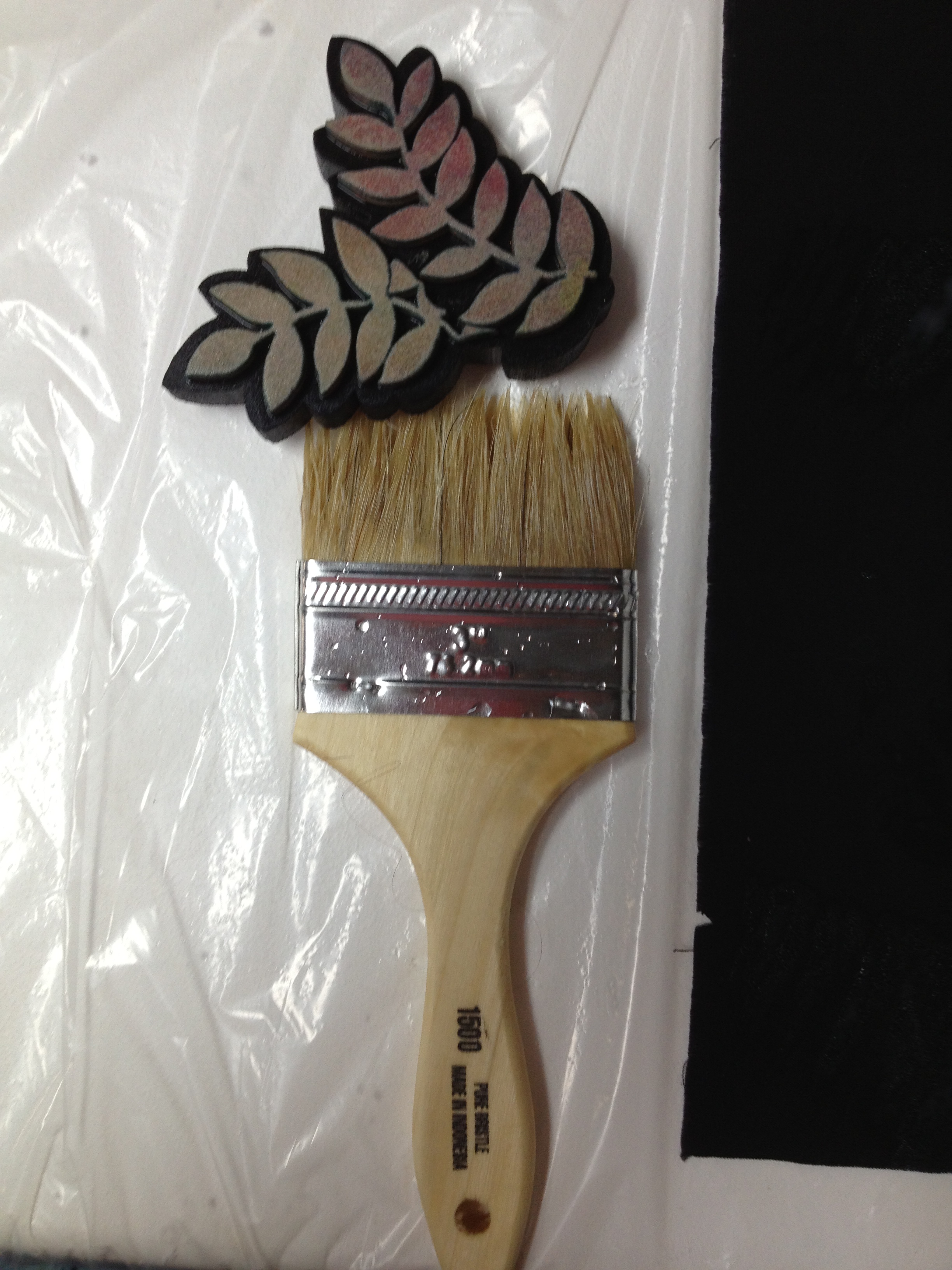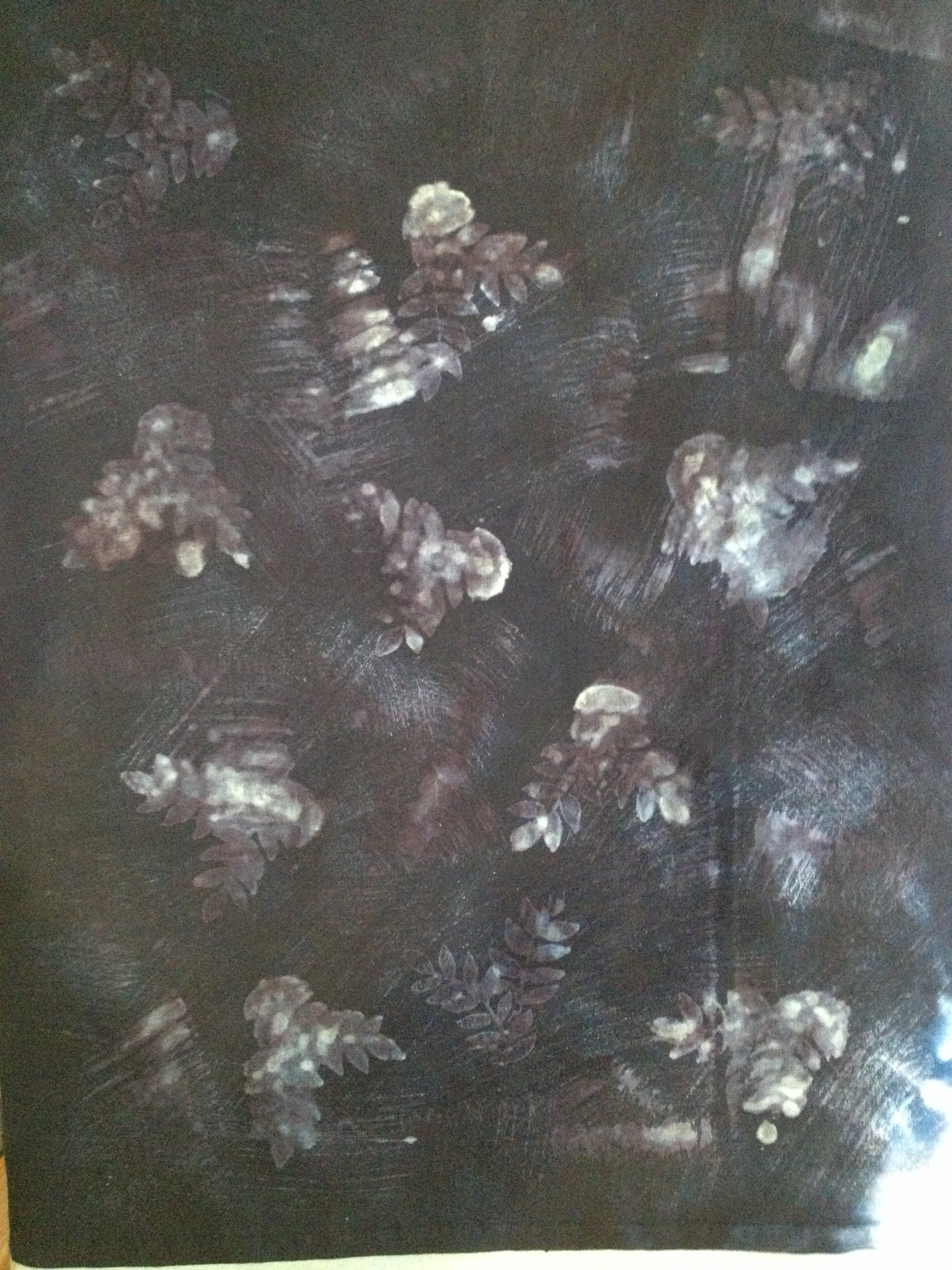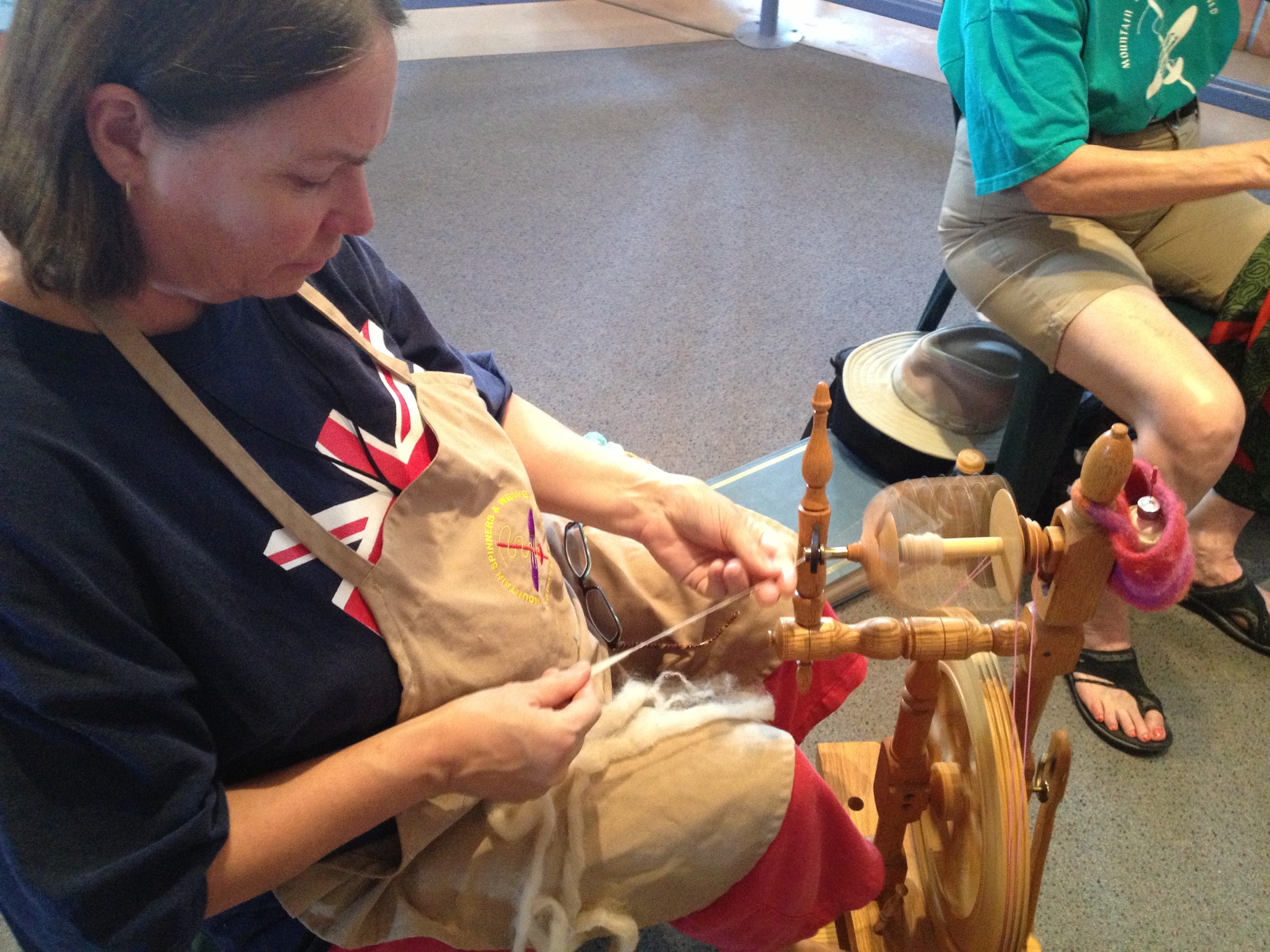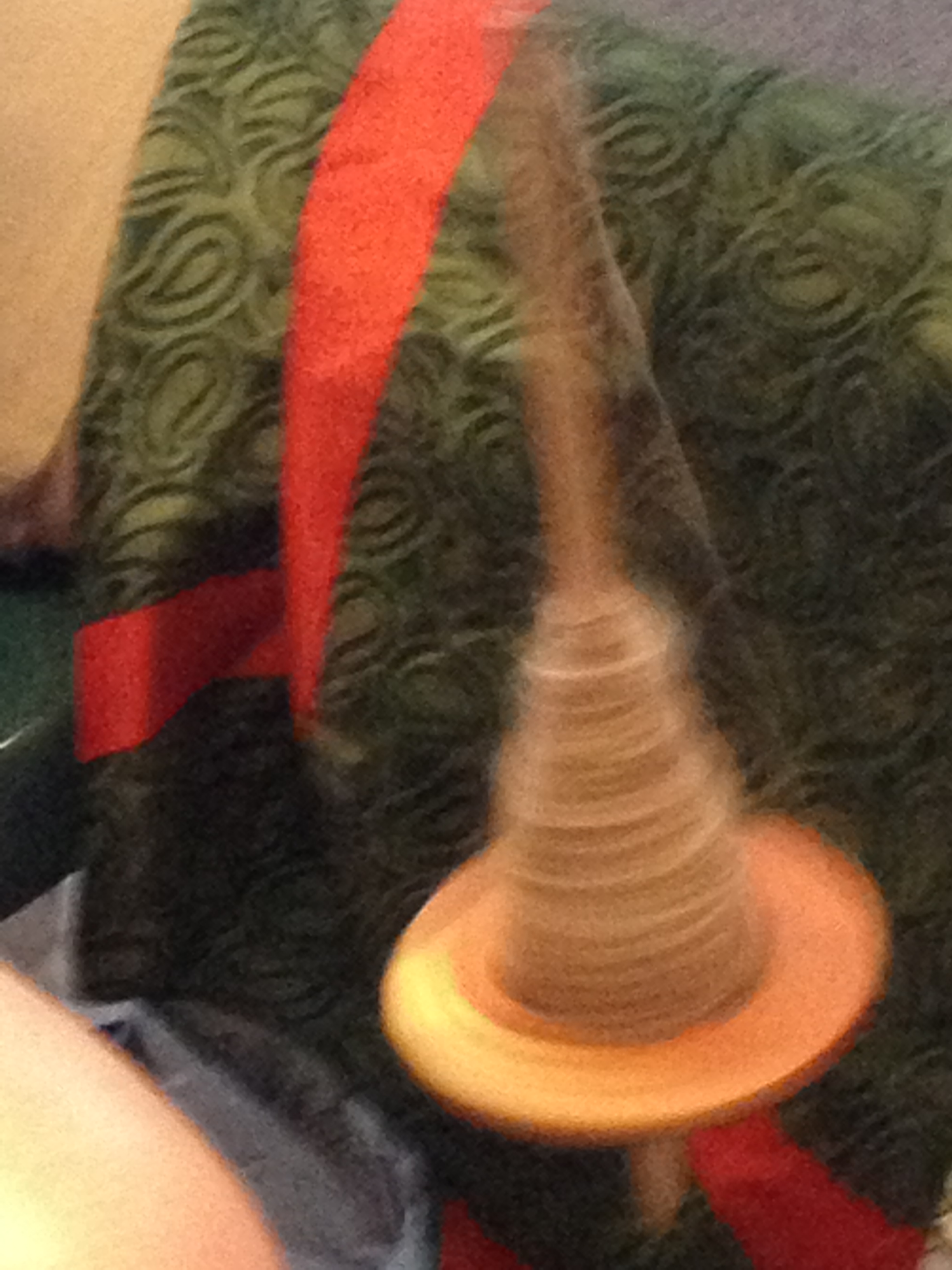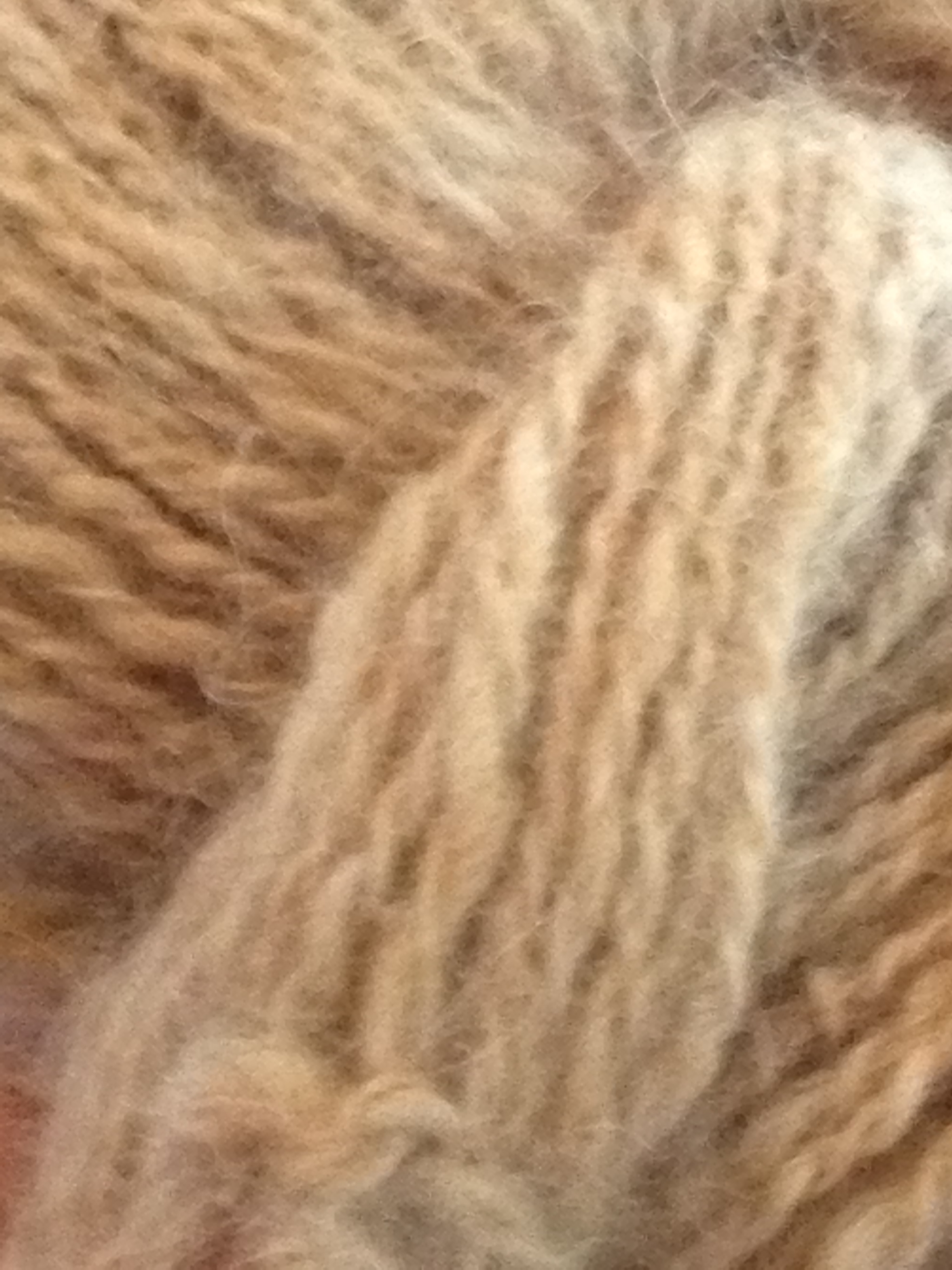I even decided to go ahead and buy the kit that went along with the class so I'd be using her spindle and her fibers, hoping that would help. The main benefit to having done that is my original spindle, bought at the festival, was top whorl and somewhat lighter weight than the spindle that came with the kit: a bottom whorl that was a few ounces heavier. That meant I could feel the difference in spin and how they behaved--different spindles work well with different fibers and give you different types of results. She does talk about that in the class but until you feel it in your hands and can watch it in action, you don't really know. So I certainly feel that buying the kit, even though I already owned a spindle and a whole lotta fibers, was still a good expenditure for my learning curve.
There is one big downside to this class, though, which I'm hoping is just a temporary thing. Drucilla seems to be a bit hit-and-miss about answering questions on the platform recently. One of the things I like best about Craftsy is the interaction with the teachers. Some of them are quicker on the uptake than others. But they all answer, even when their classes are a couple of years old. However, Drucilla seems be a bit less responsive to questions of late. I posted about three things in the class and haven't heard back from her on any of them, and can see other students' unanswered questions building up. I saw a little activity from her a few days ago so maybe she's trying to catch up now. I suspect (from researching her blog) she's gotten involved in other interests and isn't as active with the Craftsy class at this stage. And that's fine--people need to be able to be released from responsibilities; I certainly get that one! But if you're not going to be responsive, it would simply be a good idea to let people know that.
In terms of me continuing to learn spindling: Enter listener Daisy F W and her email to me recommending Abby Franquemont's spindling video and book, both entitled Respect the Spindle, available through Interweave Press. They were both on sale that weekend, so I was able to buy the video as a download and the ebook, each for $5. (They're not on sale as of this writing--sorry!) I immediately connected with Abby's teaching style, and Abby's backstory is fantastic--she grew up in the Andes as the child of anthropologists and learned how to spin in very traditional methods from Peruvian women who thought it was pretty shocking that the five-year-old Abby had never held a spindle.
I haven't finished watching the video or reading the book yet, so the jury is still out as to whether I find it more helpful than Drucilla Pettibone's Craftsy class practically-speaking, however. I just have to keep watching and practicing.
To be fair to Drucilla, this is the first Craftsy class I've taken in which I've been starting at a complete ground zero. Every other class I've had at least a certain amount of knowledge--I've been cooking for a long time, and quilting for awhile, and have done a fair amount of work in photography. So the teachers were just building on knowledge I already had. But spindling? This was my first time out of the gate. So Drucilla had a lot of work to do with me.
Therefore, I think I can say that Spindling from Fluff to Stuff is a good introduction to spindling. It did get me going, taught me some fundamentals, and encouraged me to practice; and I did get some yarn made, even if it's not very pretty yet or, perhaps, even usable. But I can see the future if I choose to stick with it, and that's a good thing. Connecting with someone's teaching style is a very personal thing--other students in the class seemed to love her, so you may love her too. Watch her introduction to see what you think. If you decide to take this class, I would recommend buying the kit--it usually is helpful when you're new at something to start out using materials the teacher is using so you're not having to mentally translate every step of the way. I think that slowed me down a bit at the outset.
But I would also recommend, if you're interested in spindling or spinning of any kind, that you check out Interweave Press as well. They have several books and videos--Abby Franquemont's as well as others--on the topic.
The basics:
- 9 lessons, ranging from about 6 minutes to 30 minutes. (The 6 minute lesson is the introduction.)
- One lesson covers tools and different types of wools, how they each behave and considerations for each.
- Through the various lessons, short-draft and long-draft methods are each covered, as well as "park and draft," although that comes later in the lesson line-up than I'd have liked as, from my understanding, it's more of a beginner method than the others.
- Other lessons cover plying fiber, finishing yarn (soaking, winding into balls or hanks, etc.), other types of spindles, spinning art yarn (thick-and-thin spins, as well as adding other materials into your spinning). As you might imagine, my favorite lesson in here was the one about spinning art yarn--there was some pretty cool stuff in that one. I'm also really interested in the Navajo spindle she demonstrates--looks like cool stuff.
- One short lesson at the end is "Using your yarn." This one didn't seem to make a lot of sense to me as it would seem that most people interested in spinning are probably already people who have been using yarn for something or other in the first place. But I could easily be mistaken in that.
Have you taken Spindling from Fluff to Stuff and want to chime in with your opinions? Please do! Everyone benefits from hearing reviews!














































